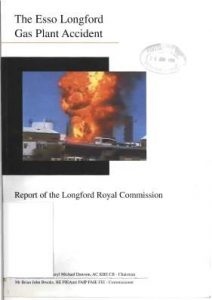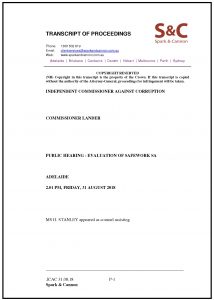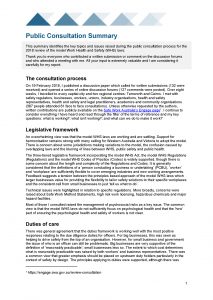A reader recently asked why I haven’t written about the recent retirement of Professor Michael Quinlan. Michael has featured in many SafetyAtWorkBlog articles over many years and has been a major supporter for industrial, labour relations and occupational health and safety research in Australia and elsewhere for a long time.
He has many legacies but this article will focus on one tool he developed with his associate Phillip Bohle – the Pressure, Disorganisation and Regulatory Failure (PDR) model. PDR is explained at length in this excellent 2011 research paper written with Elsa Underhill and is summarised in the table below:



 Conversations about occupational health and safety (ohs) occur very rarely unless you are an educator who talks about this stuff every day. We manage health and safety and advise on it but rarely get a chance just to talk about safety with peers. This is where documents like the
Conversations about occupational health and safety (ohs) occur very rarely unless you are an educator who talks about this stuff every day. We manage health and safety and advise on it but rarely get a chance just to talk about safety with peers. This is where documents like the 
 The Independent
The Independent